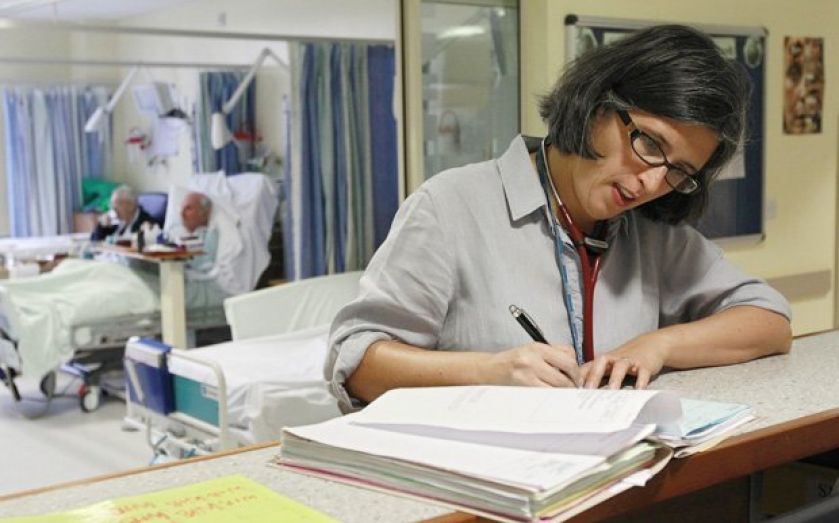Why bold action on NHS funding can no longer be avoided

FEW SUBJECTS generate emotion in UK politics like the funding of the NHS. Warnings of the health service’s imminent collapse are ten a penny, while politicians love to talk about “saving” it. With an election less than a year away, the call by Dr Sarah Wollaston MP (chair of the health select committee) and former Lib Dem health minister Paul Burstow for more resources for the NHS no doubt signals the start of another funding arms race.
But there is a paradox here. The coalition has made great play of seeking to deliver more for less in public services. It highlights improved crime outcomes, while police budgets are being cut, as an example of the success of spending constraint. But when it comes to the NHS, the same government makes virtue of protecting real spending – despite it more than doubling (up 107 per cent) in real terms under Labour.
There are three good reasons for this doublespeak. Innovative new treatments put upward pressure on costs, while an ageing population leads to ever-increasing demand. Since healthcare is as yet a relatively labour-intensive service industry, it also suffers from what economists call Baumol’s cost disease – it is difficult to mechanise a nurse, so productivity growth in health tends to be slow compared to other sectors, but wages still have to rise. Even protecting real spending can still put a strain on services.
More competition, the profit motive, and technological disruption could all help improve the efficiency of the sector and the productivity performance of health professionals. This must happen, or the public finance implications are potentially terrifying. If health productivity grows at just 1 per cent per year, the Office for Budget Responsibility calculates that public debt would rise to 211 per cent of GDP by 2062-63.
But the more immediate question is how to ensure healthcare is properly-funded without allowing it to swallow up more and more of total government spending. Some have advocated an “NHS tax” or an increase in National Insurance contributions, yet there is little evidence that tax is an effective means of delivering government efficiency. Raising NICs would also have adverse effects on work incentives.
No, to start creating a positive dynamic for efficiencies in healthcare, we should be seeking to overthrow entirely the notion that all healthcare is ‘”free”. Instead, we could encourage cost conscious behaviour by adopting user charging. A new system of “cost sharing” – giving healthcare users “skin in the game” – could create a profoundly positive dynamic, while helping cover any funding gap arising from the pressures outlined above.
For example, we could move to co-payments, whereby NHS funding is reduced from full cost absorption to 95 per cent. Subject to an income-related annual cap, this would see patients pay the remaining 5 per cent of the cost of every medical service they receive. Full-cost reimbursement could remain for the very poor and for preventative care. But for everything else, co-payments would encourage patients to ask whether the treatment recommended represents value for money, whether they could see a nurse in a walk-in clinic rather than a doctor, or whether the drug they are prescribed is more cost effective than a generic one. This might seem radical, but significant out-of-pocket payments operate in most other countries.
We need both innovations on the supply and demand side to help alleviate the cost pressures facing the NHS. Wollaston and Burstow are right that we need a conversation about NHS funding. It remains to be seen whether any politician is brave enough to outline a meaningful alternative.
Ryan Bourne is head of public policy at the Institute of Economic Affairs.